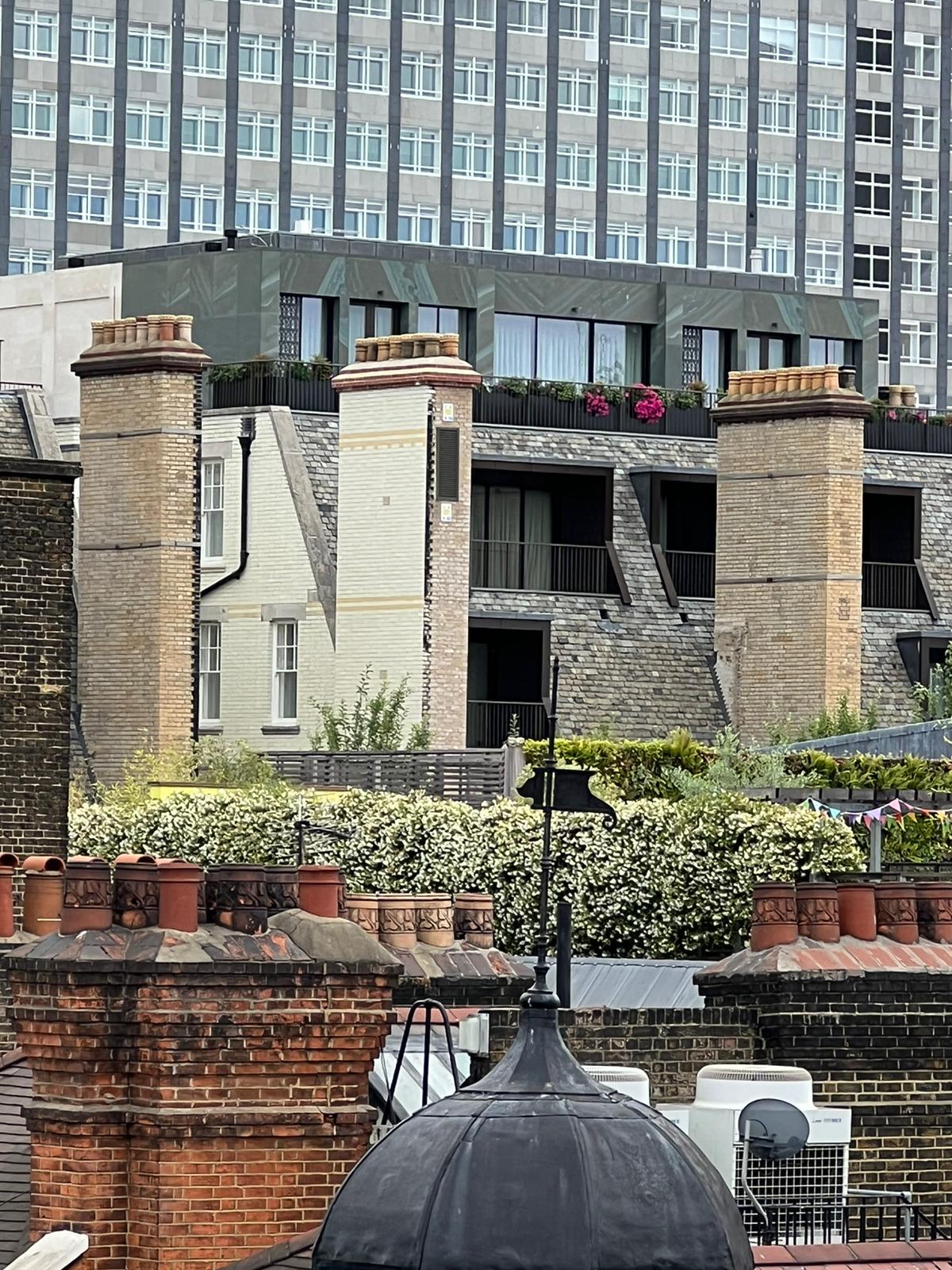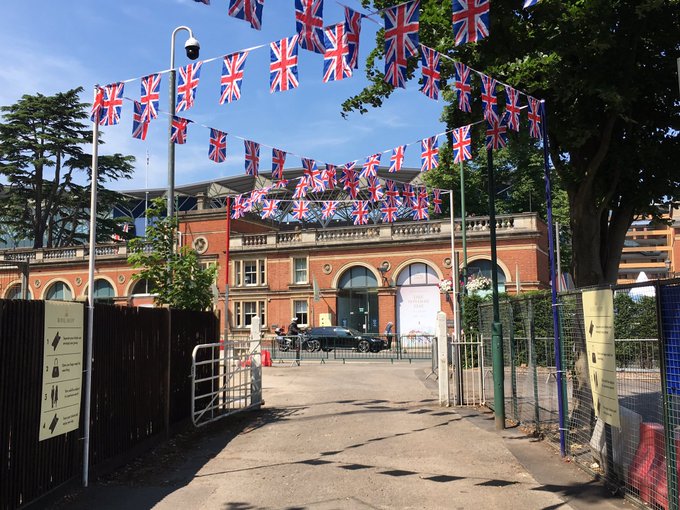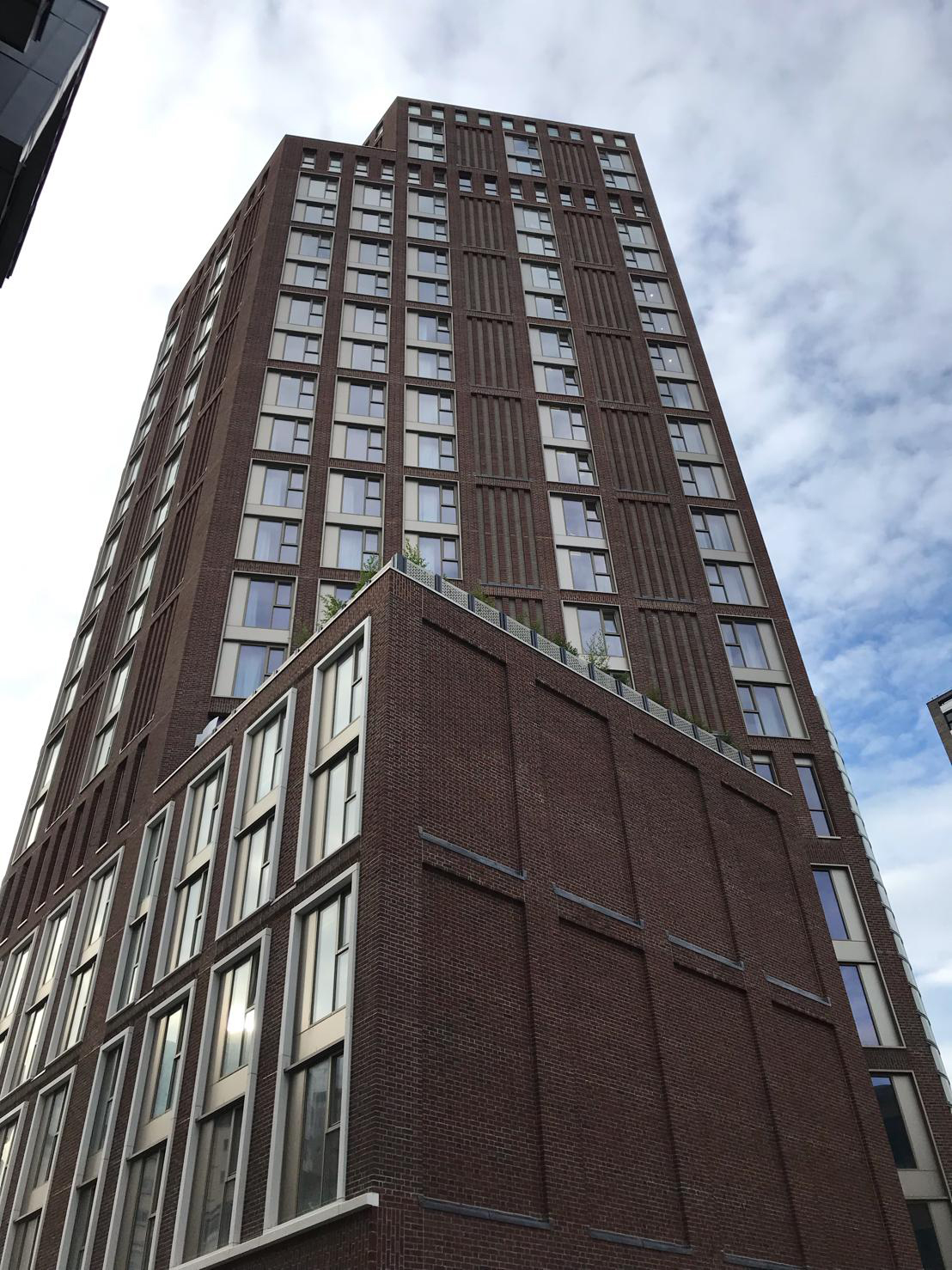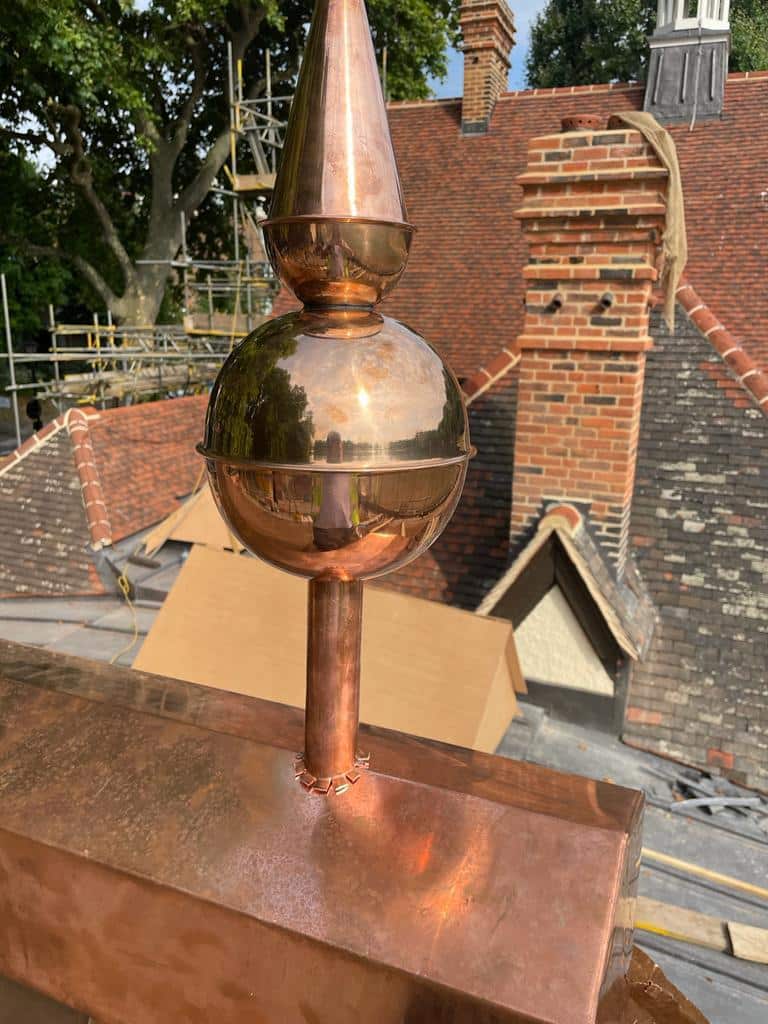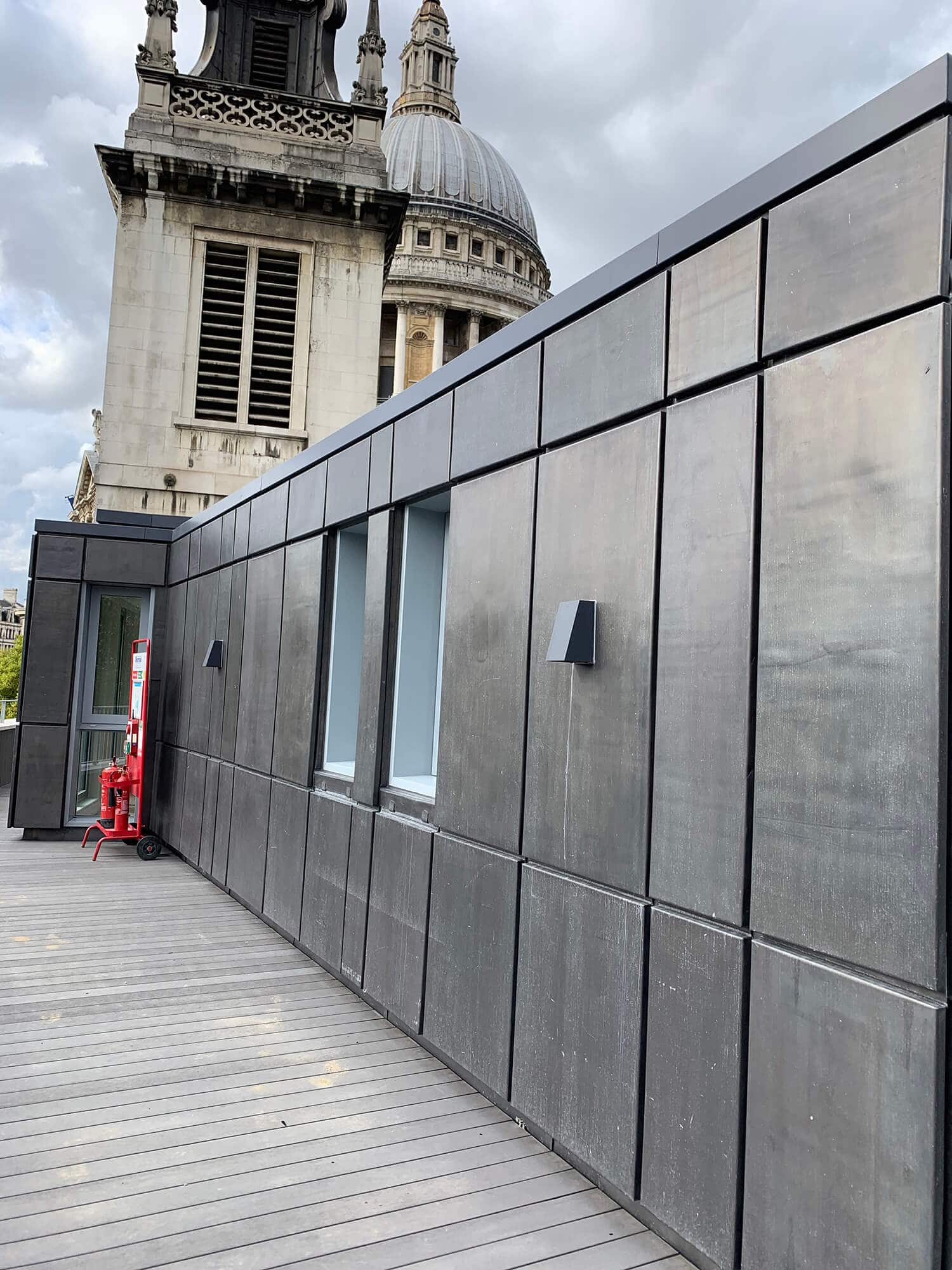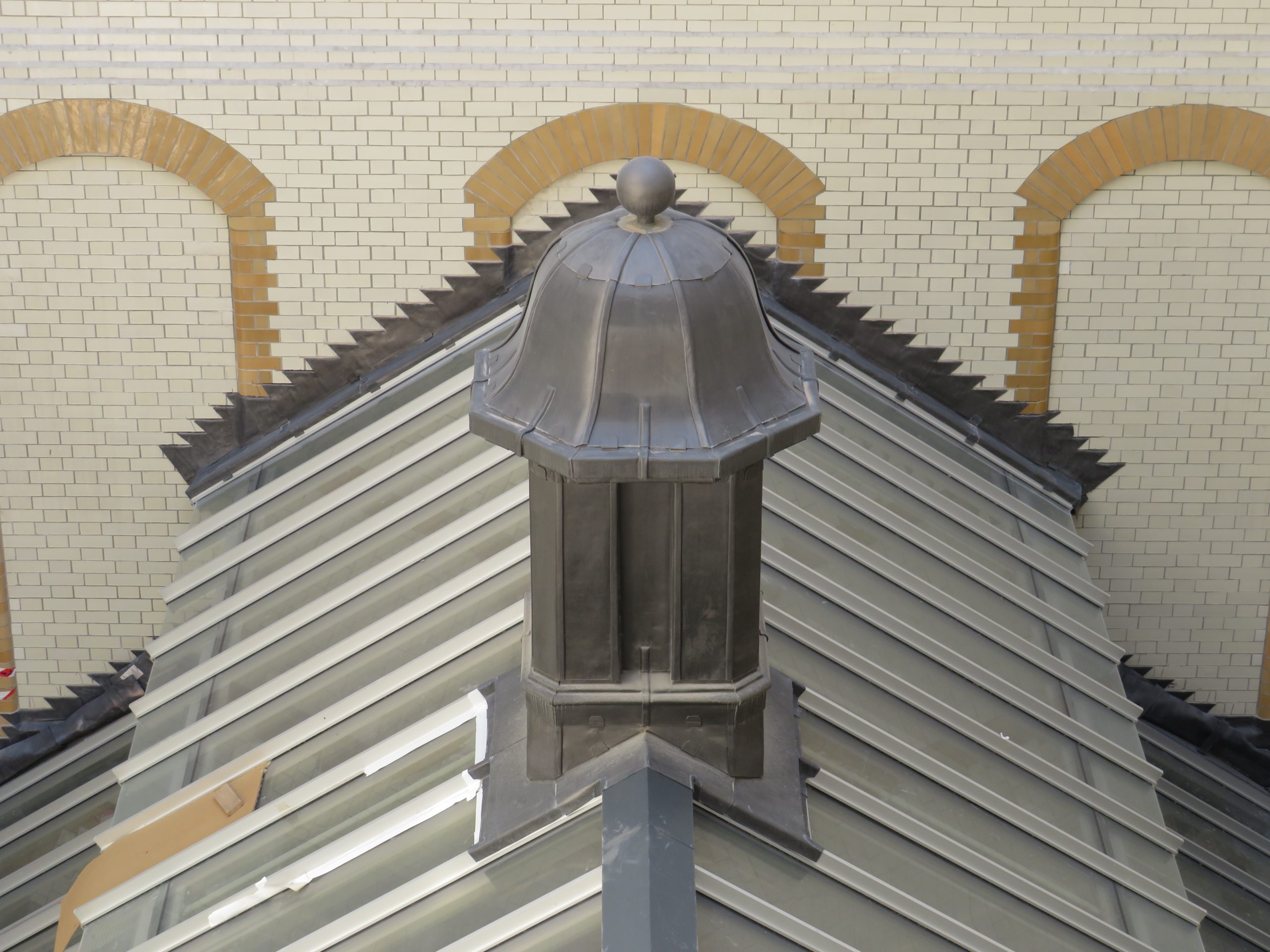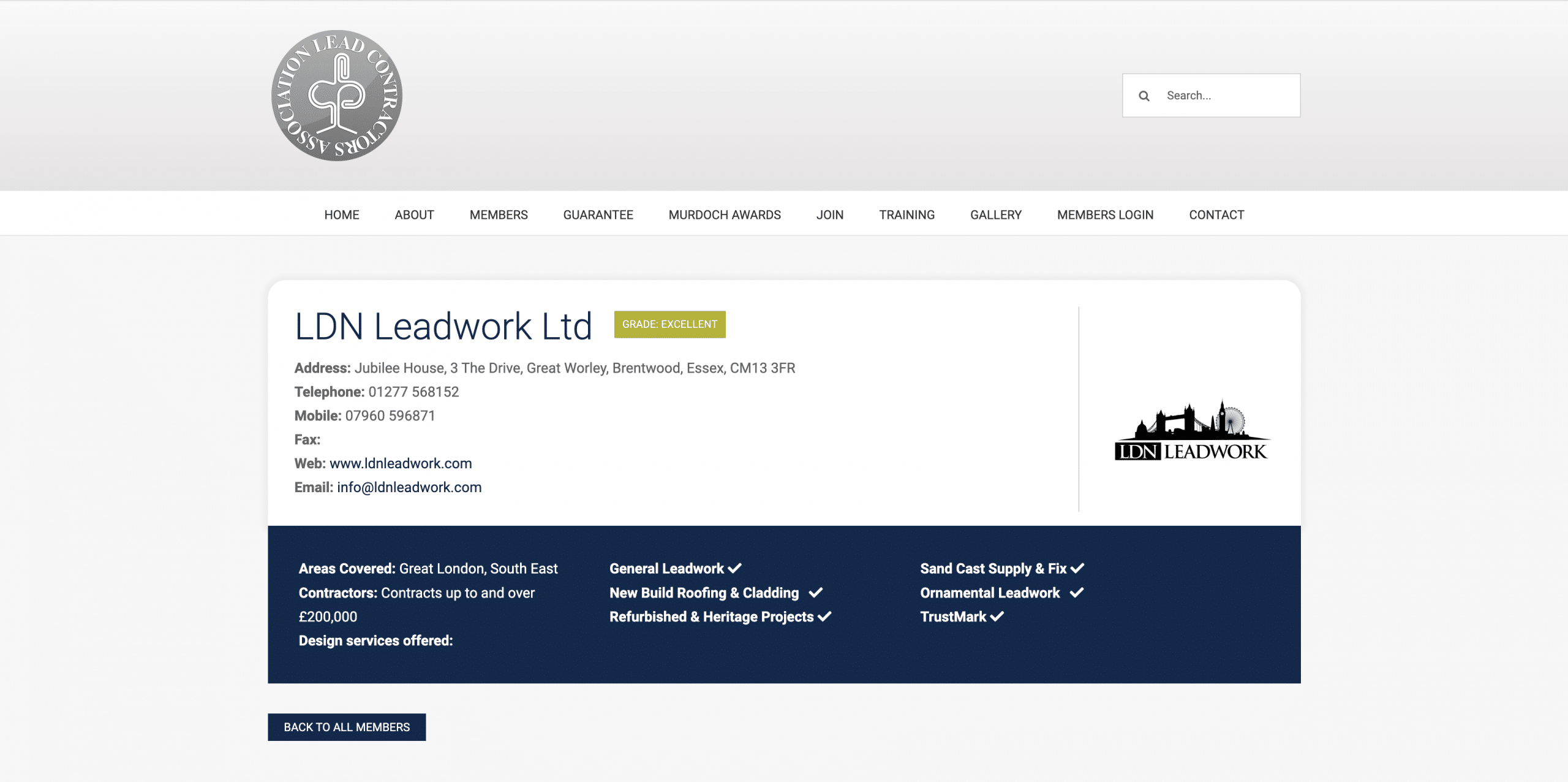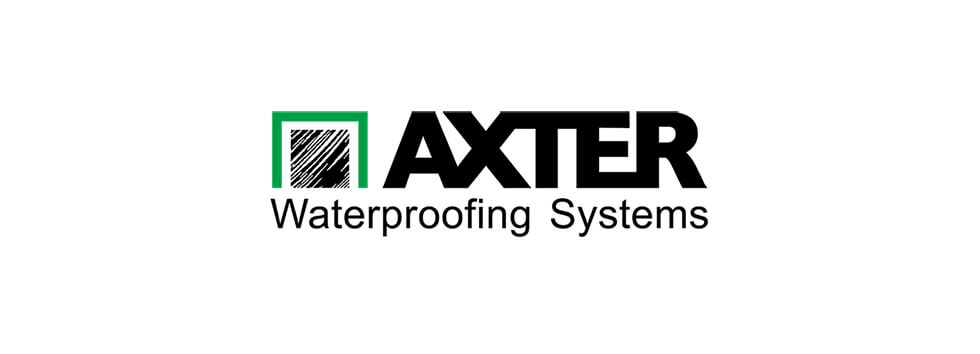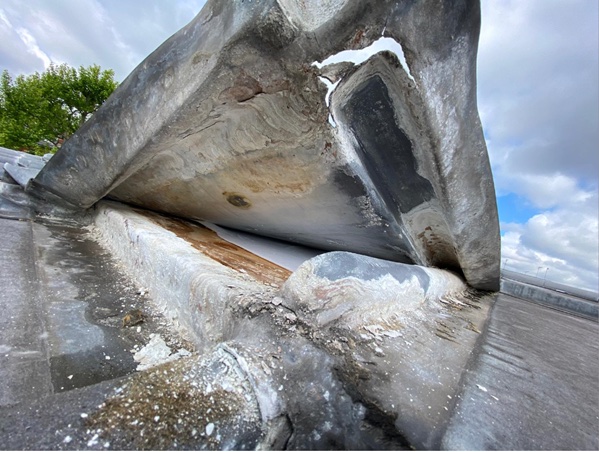What is LEAD ROOF CORROSION?
Lead roof corrosion is more commonly known in the Roofing industry as underside side corrosion.
What is underside side corrosion in lead work?
Just as with any other aspect of life, the standards and guidelines of lead sheet installation have evolved based on observations of defective practices, case studies, consultant reports and recorded failures in installed materials. Contractors regularly misunderstand the correct use of certain underlays, which in combination with other factors like moist air, will lead to corrosion.
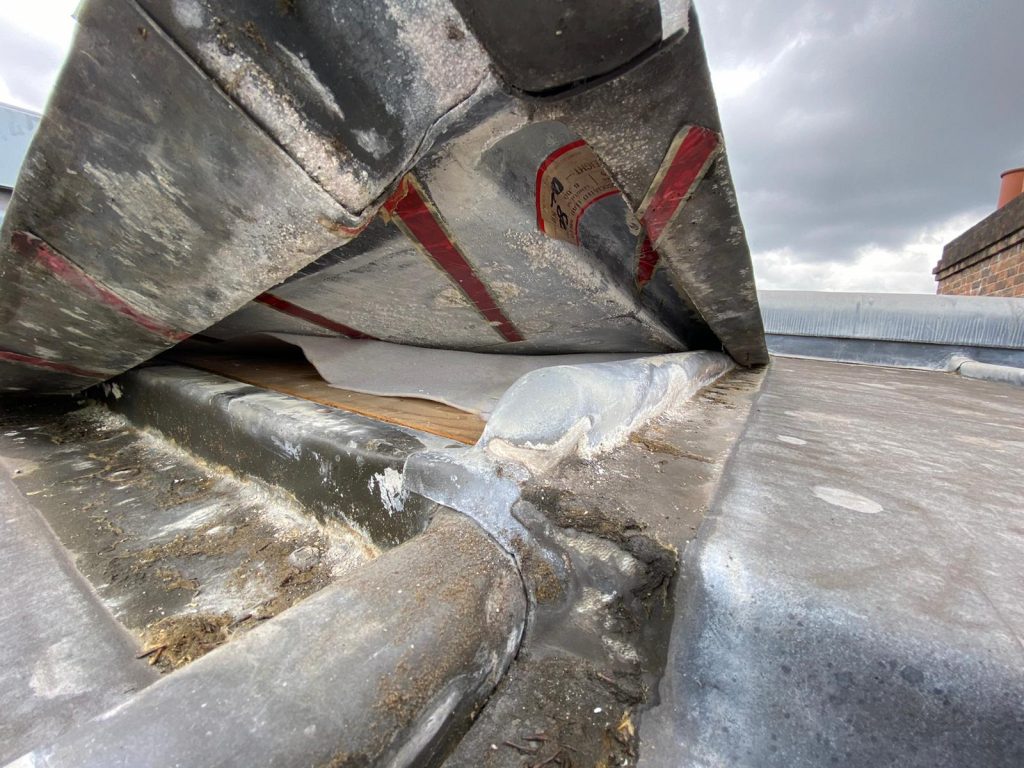
Ventilation
As technology evolved, most of the houses have become better heated, with a vast majority of appliances producing moist air that rises through the property into cold voids creating moisture that leads to underside corrosion of lead.
To combat this issue, several factors need to be considered. Firstly, proper insulation is needed, which will prevent warm air from escaping out of the main area of the roof void. Two methods are commonly specified.
1. The Cold Roof
A cold roof involves installing insulation directly to the ceiling of the building. This is essentially sealing off the void above occupied areas of the property, stopping any warm air escaping into it. This method isolates the areas of the property where the roof is installed, reducing potential heat loss, and so reducing the chance of condensed moisture making contact with the lead sheet
2. The Warm Roof
Insulation is added to the roof area itself and sandwiched sheets of vapour barrier, decking and ventilation are incorporated into a layer system underneath the lead sheet, providing a ‘safety area’ where moist, warm air cannot make contact with the lead.
To aid with any build-up of moist air which may come into contact with the roof area, ventilation is needed. Cross ventilation aids in creating passive airflow between roof voids and carries warm, damp air away to the outside of the building.
This method of ventilation is essential in many situations where moisture/condensation may occur.
The Underlay Problem
The British standards for fully supported lead sheet recommend only two underlay types for lead sheets. Underlays are specified for a number of reasons.
- To aid with the thermal expansion of lead, acting as a smooth surface so the lead can move around freely without friction and rubbing against substrates like wood, stone etc.
- To protect the lead sheet from chemical reactions from organic acids, typically leeched by timbers and some reactive alkalis found in stone and masonry.
- To help create smooth and flat areas over uneven surfaces.
- To aid in preventing the retention of moisture beneath the lead sheet.
The two underlay types which are recommended for use with sheet lead are:
1. Grade A1F building paper
This underlay is advised in almost all installation settings relating to leadwork. Typical places where paper is recommended include: over plywood substrates, over penny gap boarding, over stone and masonry substrates, over sarking boarding
2. Geotextile underlay
This underlay is only recommended for use on penny gap boarding. Geotextile underlay has the ability to cause capillary attraction due to its fibrous layers and should be used with care and attention. It means that geotextile underlay should be carefully trimmed in all areas where the outer edges of the underlay may come into contact with water as this type of underlay has been proven to ‘wick’ water when exposed to moisture and in most settings will hold and retain moisture under the lead sheet.
Breather Membranes
Finally, the most important guidance here regards the use of breather membranes in contact with lead sheets. In recent years, it has become increasingly common for roofers to install lead sheets with breather membranes as an underlay.
These types of underlays are not suitable for lead installation under any circumstances for one main reason: the breather membrane will typically allow moisture to pass through its surface. As it does so, the moisture which has passed through the membrane’s fabric becomes trapped between the underlay and the lead sheet. This then causes accelerated underside corrosion of the lead sheet.
The lead should be able to last 50 to 100 years comfortably on a correctly specified roof install. However, increased evidence of shortened leadwork life spans through the use of a breather membrane has emerged, and failures of the lead sheet have been recorded in as little as five years after installation. This includes valley lead, lead installed in back gutters, secret gutters, Scottish Skews, box gutters, tapered gutters, lead dormers etc.


